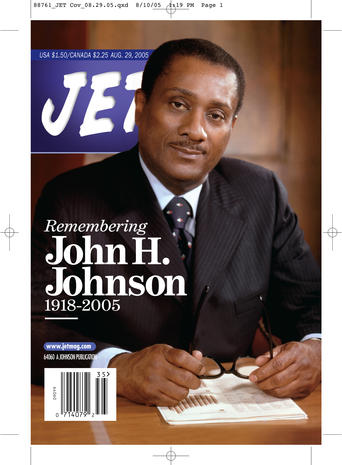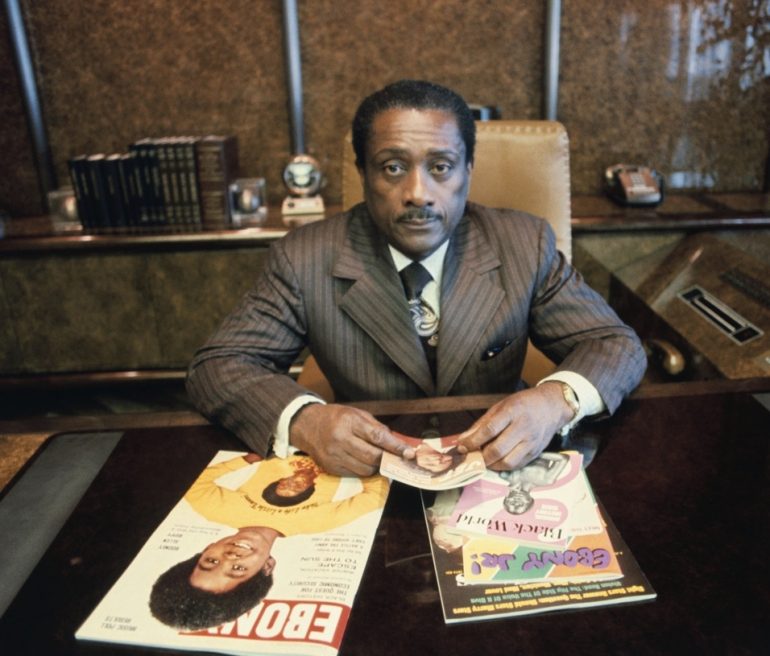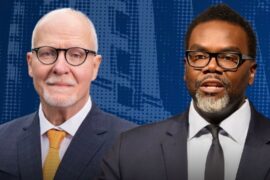The iconic Johnson Publishing Company, home to Ebony and Jet magazines, the Ebony Fashion Fair and Fashion Fair Cosmetics, filed for bankruptcy last week, bringing an end to one of the most storied Black-owned businesses in American history.
John H. Johnson started Johnson Publishing Company in 1942 with a $500 loan he obtained by using his beloved mother’s furniture as collateral. Three years later, in 1945, he published Ebony, the most successful Black magazine ever, which was patterned after Life and Look magazines that showed whites in their daily American lifestyles.
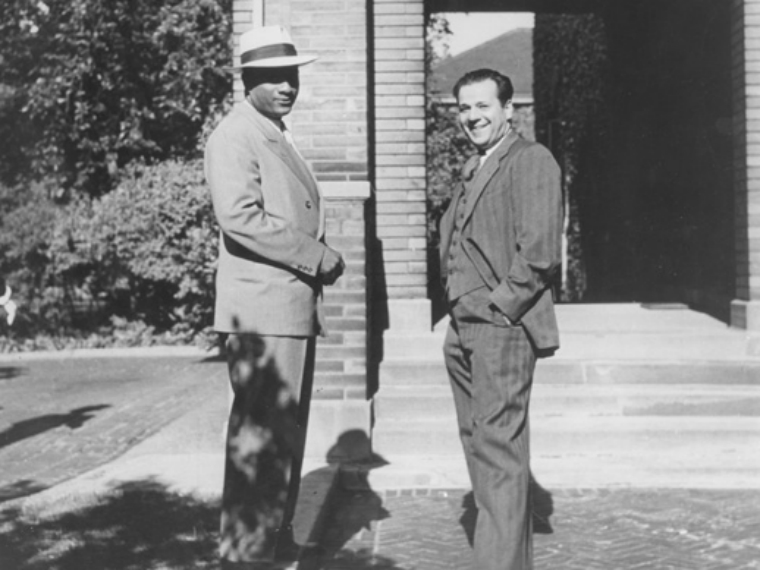
Missing then from the national media landscape was a full-color magazine that also showed the other America – Black America – in all its glorious living color. Johnson showcased Ebony with beautiful pictures and highlighted Black success from clergy, entertainers, TV stars, politicians, business people, civil right leaders, athletes, intellectuals, and the like.
He showed Black success, Black achievement, Black lifestyles and Black glamour. And Mr. Johnson had no competition on the newsstands – he was one of one.
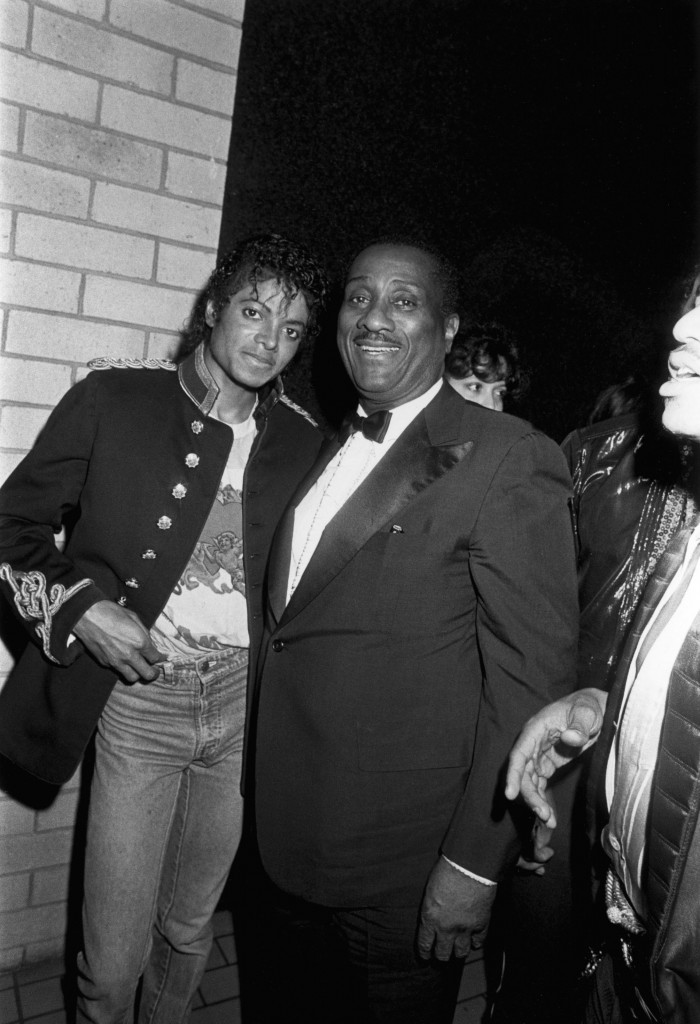

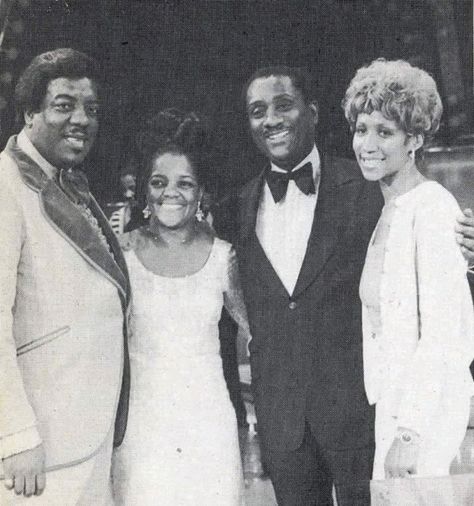
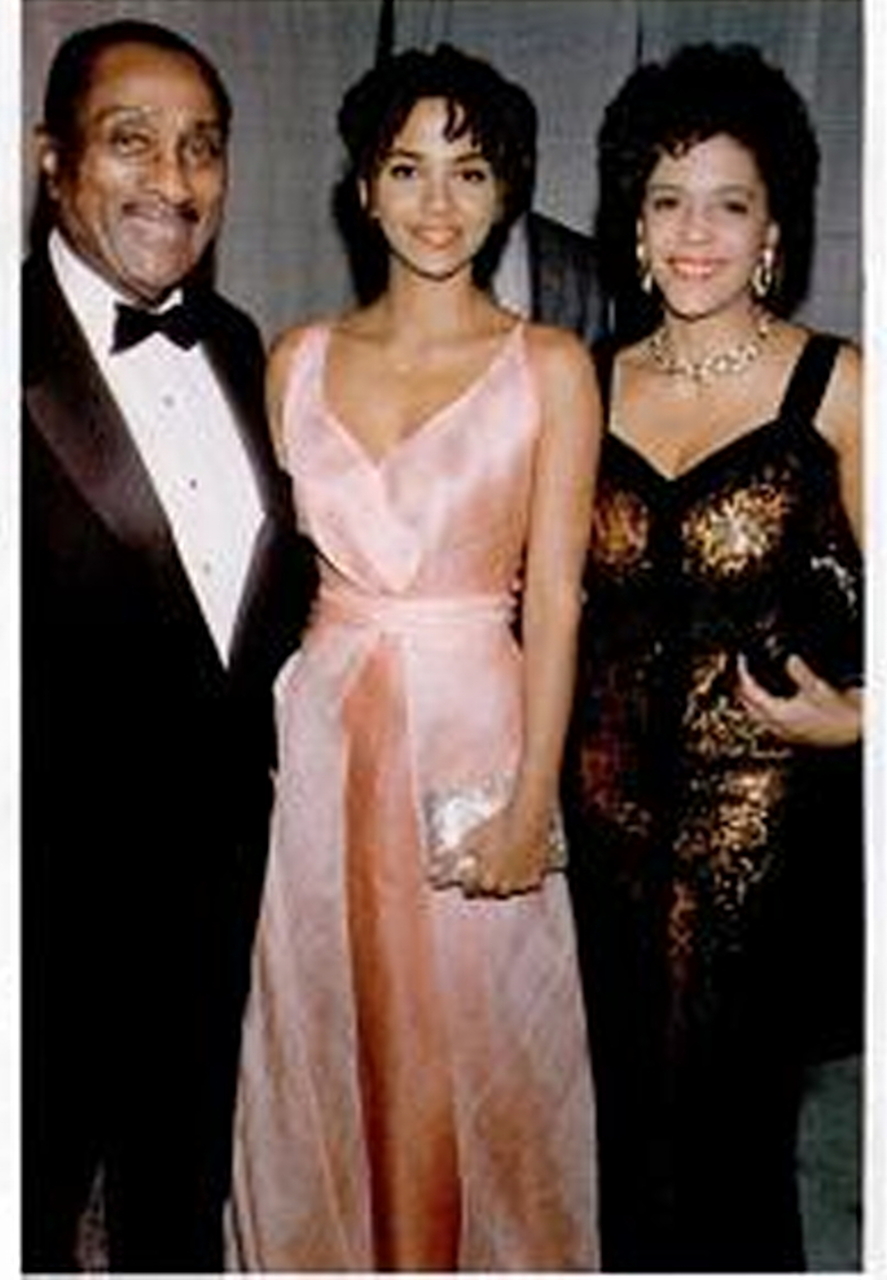
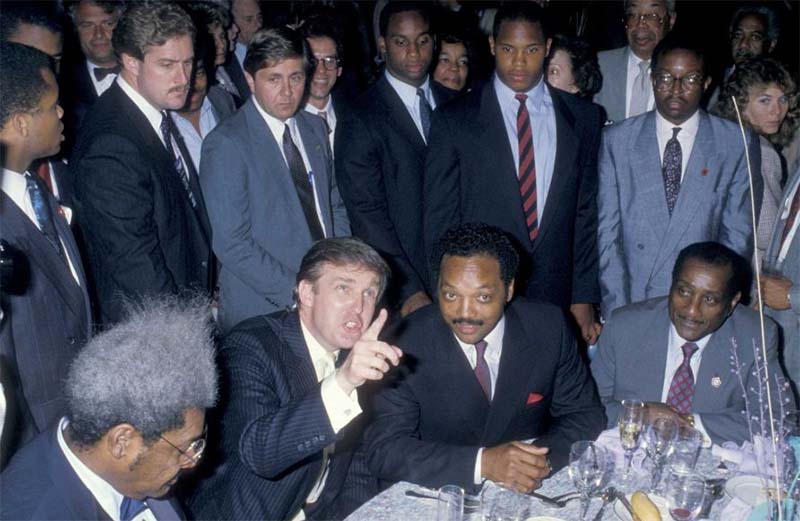
As a publisher selling advertising, Johnson literally created the “Black market.” He provided stats and demographics about African-American spending power to his advertisers to encourage their presence in his publications.
It may be hard to believe for younger people, but white corporate America at one time didn’t believe or care that Black people bought cars and soap powder and candy bars and household goods; that we traveled and shopped at department stores like Sears Roebuck.
They didn’t know or care until Mr. John Johnson and his sales team showed just how much we actually spend on those kinds of commodities. And then white corporate America decided they had better take a more focused look at this “Black market.”
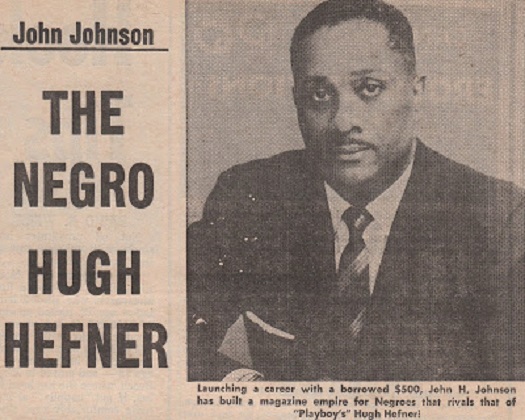

“It’s Not News If It’s Not In The Jet”
Johnson did it masterfully and with determination as he built the world’s largest Black media empire. His stable of publications included his first publication that started the company in 1942, Negro Digest, which later became known as Black World, as well as Tan, Black Stars, Ebony Man, and Ebony Jr. magazines.

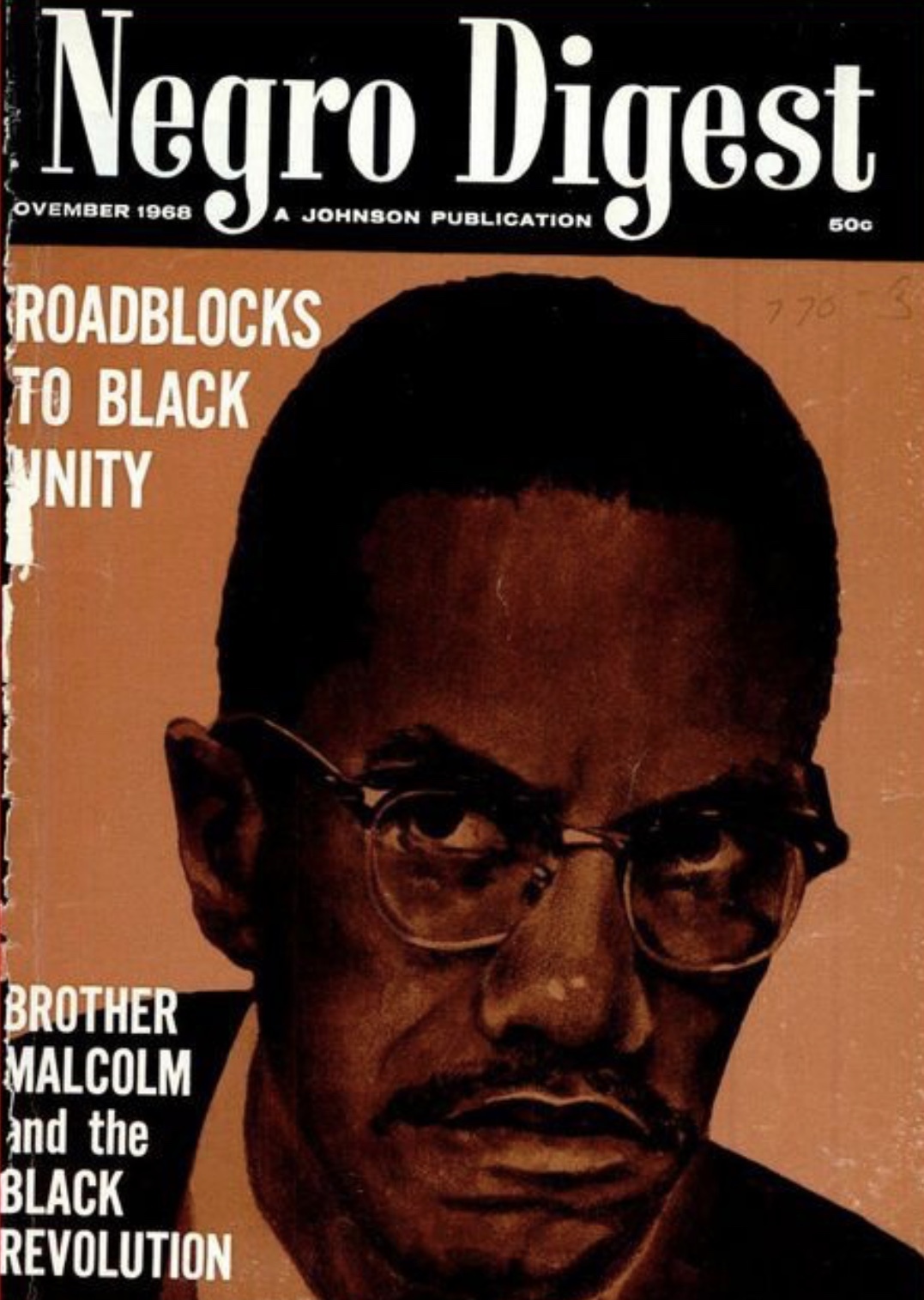
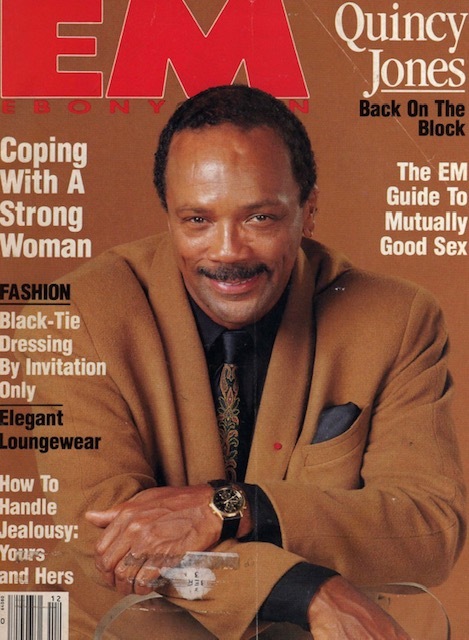
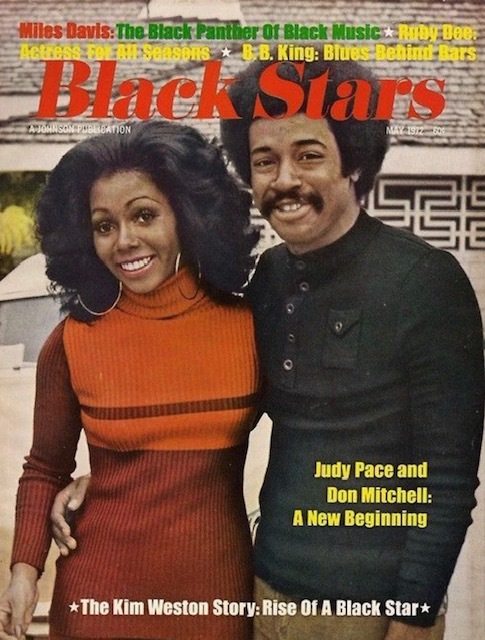
In 1951, Johnson added the pint-sized powerhouse Jet Magazine, a weekly journal that folded nicely in your pocket or your purse that told of the current happenings in Black America.
Jet featured social events, parties, weddings, gossip, conferences, job promotions, TV listings on the inside back page, entertainers’ appearances, best-selling records charts, and of course, the Beauty of the Week pinup girl in the bathing suit as the centerfold. Redd Foxx, who attended DuSable High School with John Johnson, coined the popular term of Jet being “the Negro Bible.”
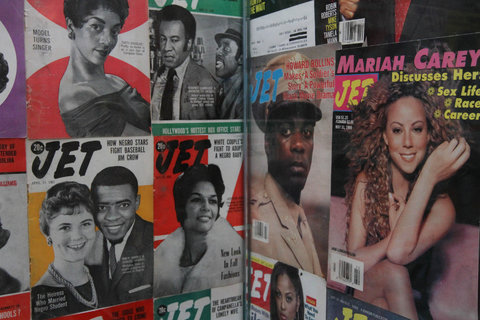

Mr. Johnson was a media giant and genius. He produced a television show, Ebony Showcase, and owned a radio station where folk who became giants in the industry like Tom Joyner and Marv Dyson started their careers. In fact, many journalists, photographers, agencies, and the like started or enhanced their careers with Johnson Publishing Company.
Again, this was at a time when major media did not have any or very limited African-American staff. Major media took notice of Johnson’s writers and began to hire them into the likes of the New York Times, Chicago Sun-Times and Chicago Tribune, the L.A. Times and Washington Post.
Johnson, his magazines, and his editors trained at least several generations of America’s top Black journalists and photographers. He had a stable of editorial generals, including Lerone Bennett, Herb Nipson, Hans Massaquoi and Charles Sanders at Ebony, and Bob Johnson at Jet, who were his mainstays.
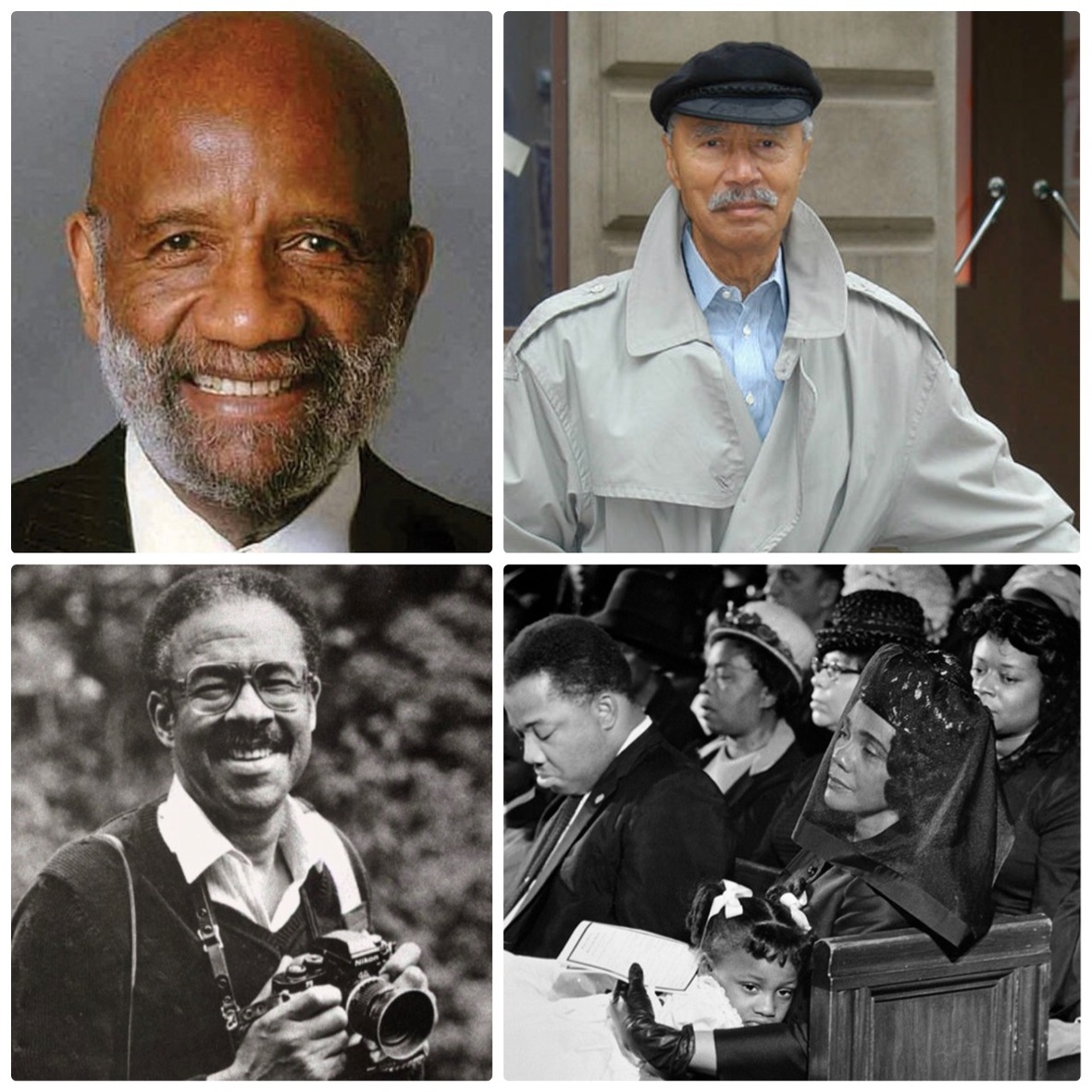
In 1969, Johnson Publishing Company photographer Moneta Sleet Jr. became the first African American to win a Pulitzer Prize in photography for his 1968 Ebony cover photo of a grieving Coretta Scott King holding her daughter Bernice during Dr. Martin Luther King Jr.’s funeral. The Associated Press had picked up the photo and it was published throughout the country.
John Johnson was a consummate businessman. He once said he didn’t need to take vacations because he loved his work so much there was no reason to leave. He was noted to be the first one in the building at his corporate headquarters and the last one to leave. He knew his staff and his publications. He selected the cover photos.
Downtown-Building-Owning!
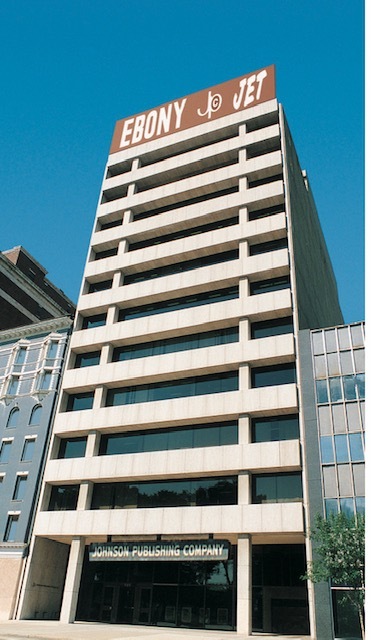
In 1971, Johnson moved his operations into a brand-new, $8 million, 11-story building at 820 South Michigan Avenue. It was the first Black-owned building in downtown Chicago and the only one that had a driveway and garage parking that led directly from Michigan Avenue itself. Johnson built his building from scratch using a Black architect, John Moutoussamy, and it gorgeously overlooked Lake Michigan.
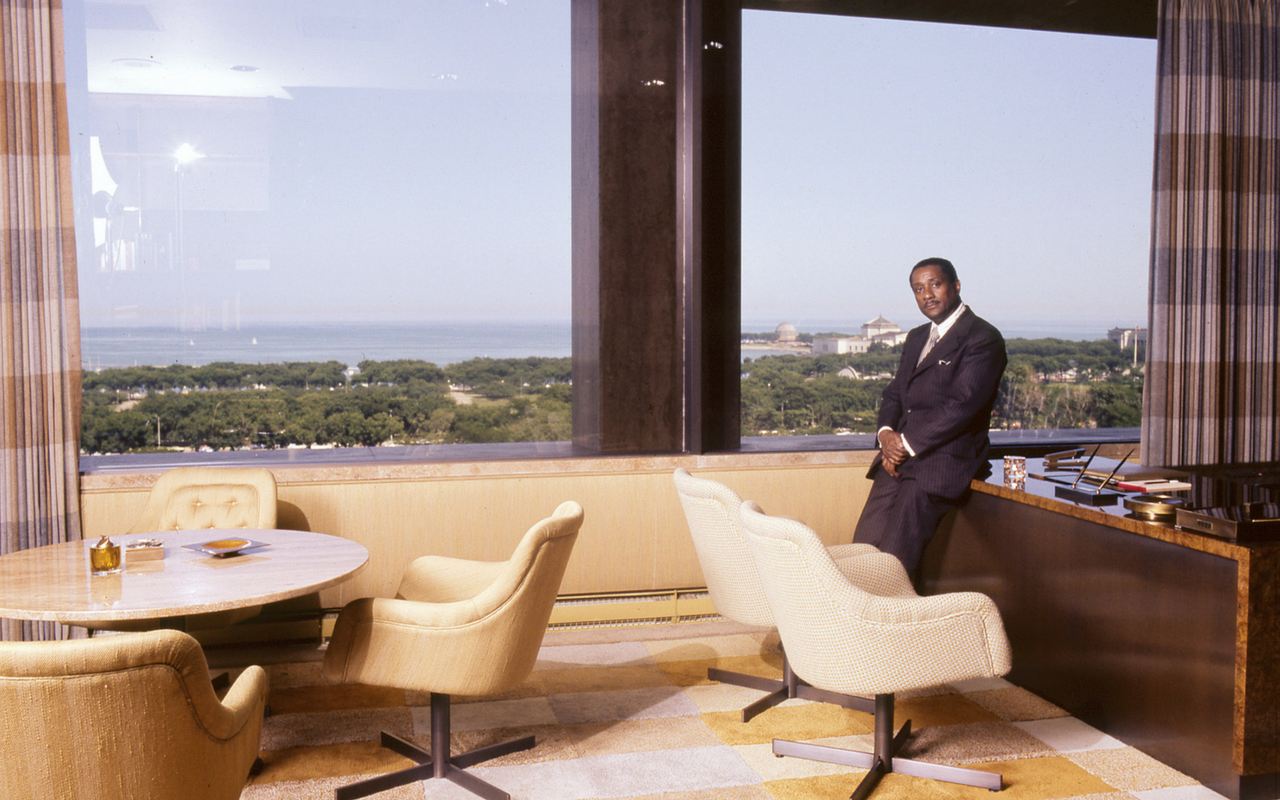
I was present with Rev. Jesse Jackson on the day the building opened. It was a party all day long with a who’s who crowd. Mr. Johnson was the host and the tour guide in the brand new building, with food and drink galore.
Sports figures, corporate figures, entertainers, clergy, friends, Johnson staff, politicians, television cameras, and models were all on hand for a glorious day. Mr. Johnson and his wife Eunice were fabulous hosts with everything on hand that you could ask for. It was one of those days; if you were there you still remember it. That building is now a registered landmark.
Mr. Johnson in his special way mentored a lot of business people who saw him as a role model. He did it directly and indirectly. People watched him and studied his business ways. He conquered racism in a racist society. He walked gingerly as he protected the Black movement, but without compromising his white advertisers.
Johnson quietly and delicately sent money to the South to get civil rights protesters out of jail. He supported many causes, many anonymously, including Harold Washington’s election as Chicago’s first Black mayor. He sent Dr. King on vacations when he was exhausted.
The Etta Moten Barnett Lesson
I once had occasion to chair a benefit fundraiser for the late Etta Moten Barnett for the South Side Community Art Center. She was 89 at the time and that was the theme – $89 for tickets; everything was 89. The event was at the Art Institute, where Mr. Johnson was a board member.
I was raising money and the committee was selling tickets at the same time and things were going a bit slow. Johnson called me into his office and asked how much money we needed. He said, I love Etta Moten and I like the grand scale event you’re presenting.
I said I need $5,000, but I could use $10,000. He said, I will give you $5,000, but you can’t report it, and I will give you the other $5,000 later if you still need it.
He gave me a valuable business lesson – don’t be afraid to ask for whatever you need if you need it. He said, you left money on the table. Why didn’t you just say you needed $10,000? I was going to give it to you, but now you wait. He told me that when you are raising money, the most important money is the first money, the seed money.
I was on and I wasn’t going to mess up. And I didn’t. When I needed advice, I called and he was open and giving. It was among my first real big fundraisers. It was quite the success and the talk of the town. Mrs. Barnett was thrilled because we threw a lovely party.
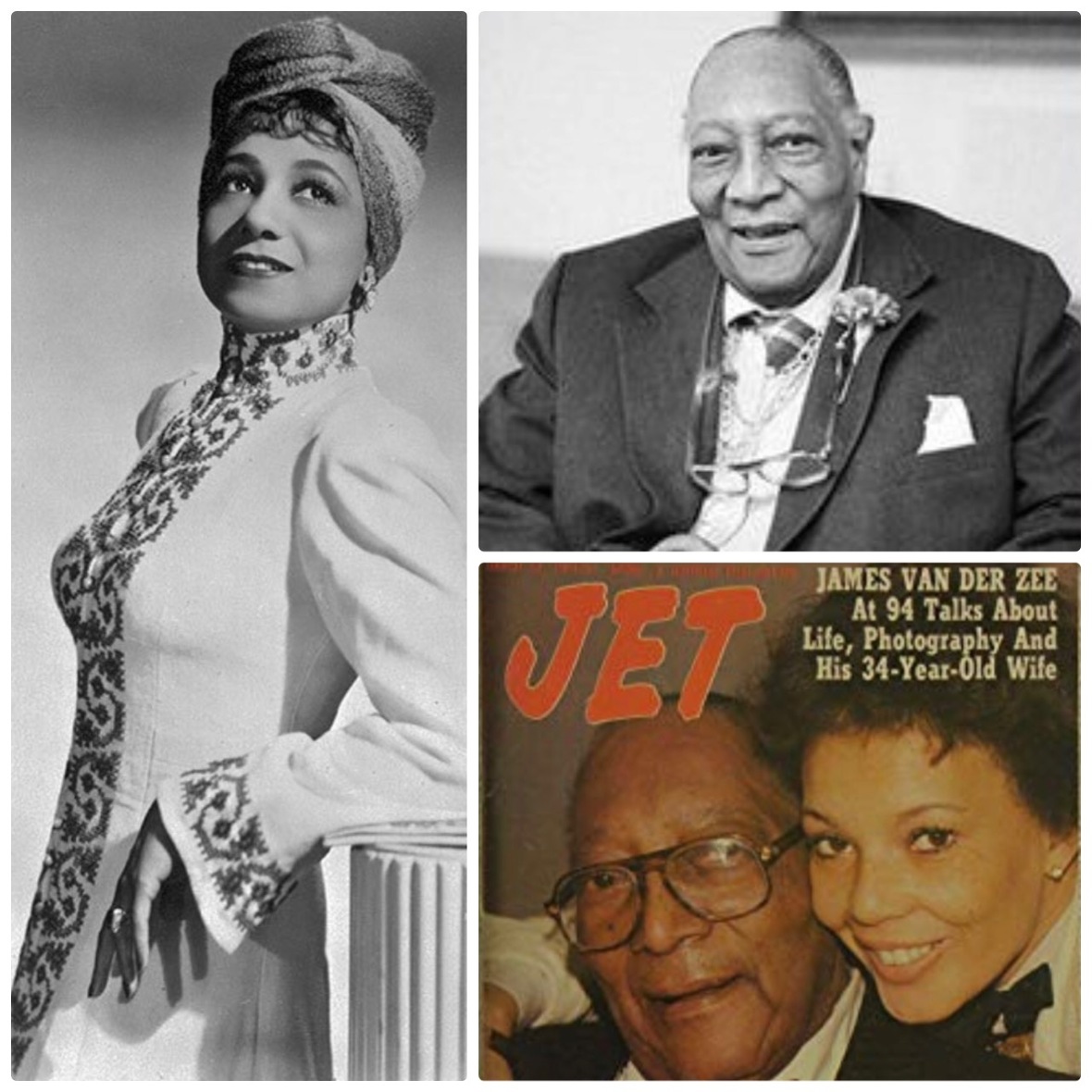
We didn’t know quite what to give her as a present because she was truly the woman with everything. We asked famed New York photographer James Van Der Zee to come to Chicago and take a portrait of her at her home. This was her real present.
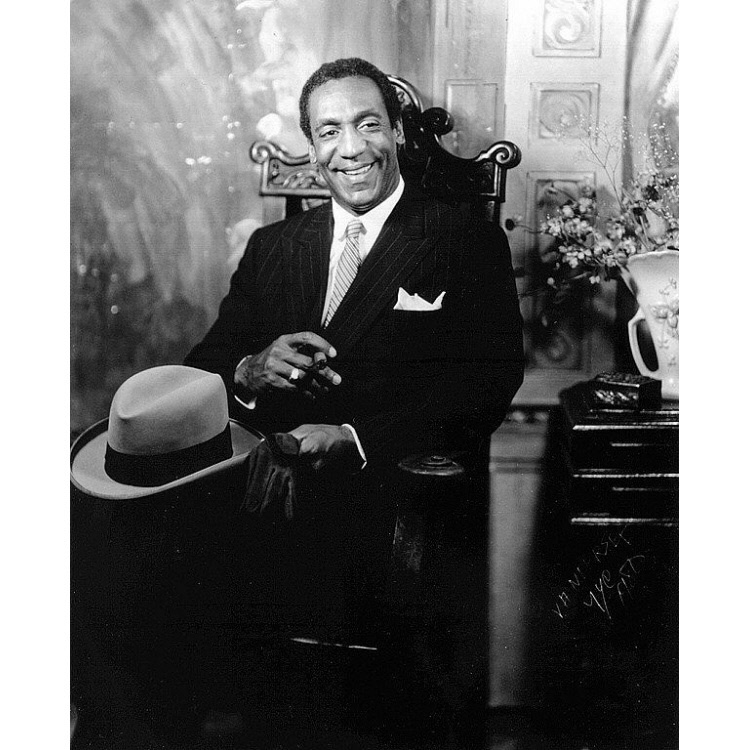
Bill Cosby had resurrected Van Der Zee’s career by having him take portraits of him in sepia tones in the style of yesteryear. He was a Harlem Renaissance photographer. Van Der Zee was in his nineties and used an old fashioned camera.
Chicago’s Pulitzer Prize photographer John White realized the history in the making and wanted to record Van Der Zee’s shoot. It was another day to remember. I had booked Van Der Zee on every radio and TV show, scheduled him for an interview with every media outlet in town.
In the middle of the day, we were to lunch with Johnson and his staff at his building on Michigan Avenue, which was his custom with visiting celebrities. Van Der Zee’s wife Donna was considerably younger than he; she had told me that Van Der Zee could maintain a vigorous media schedule, but that was not so true.
He was in a wheelchair and I had not accommodated for that. In emergency mode, I called Mr. Johnson early that morning to say I was in trouble with the wheelchair in taxicabs. He said, calm down, I will send you a limo. He did. When we got to the building for lunch, I was exhausted and frustrated. I wanted to sit instead of having lunch. I had gone to the ladies room and cried.
Johnson noticed I wasn’t right and pulled me to the side. He said, you had a problem on the spot and you solved it. Keep moving. I will have lunch prepared for you and you can eat in the car. He had lobster and all of my favorites, on silver trays no less.
And then he provided another car. He gave Van Der Zee his personal Rolls Royce. He said you have to always be prepared on the road with a “star.” While you are taking care of them, you also have to take care of yourself.
Keep essentials in your bag, a sandwich, water, a change of clothes, a towel, a brush and comb, makeup, and a change of stockings. You have to be prepared because you are the lead.
I never forgot those simple lessons; they still follow me to this day and I teach them to others I have mentored. Solve your problems on the spot, stay prepared and keep moving. Anticipate.
Succeeding Against The Odds
Mr. Johnson served this country well, with his business model and his magazines. He told the story of Black America. He recorded a history that was mostly ignored or overlooked. He gave us a view of Black America and its cast of characters that was absent and missing. Johnson rose to the occasion of making the world a better place. He did.
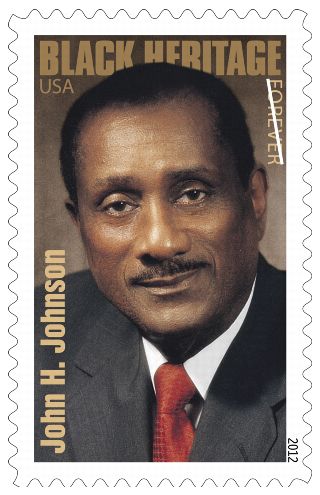
He made us see ourselves positively and allowed us to tell our stories. He knew how to handle the press. He got the right and unique picture. He went behind the scenes; he delved into the lives of the stars off and on camera.
Mr. Johnson spoke success. His was the richest African-American business in the country and often the world. He was the first Black businessman to make the Forbes 400 list.
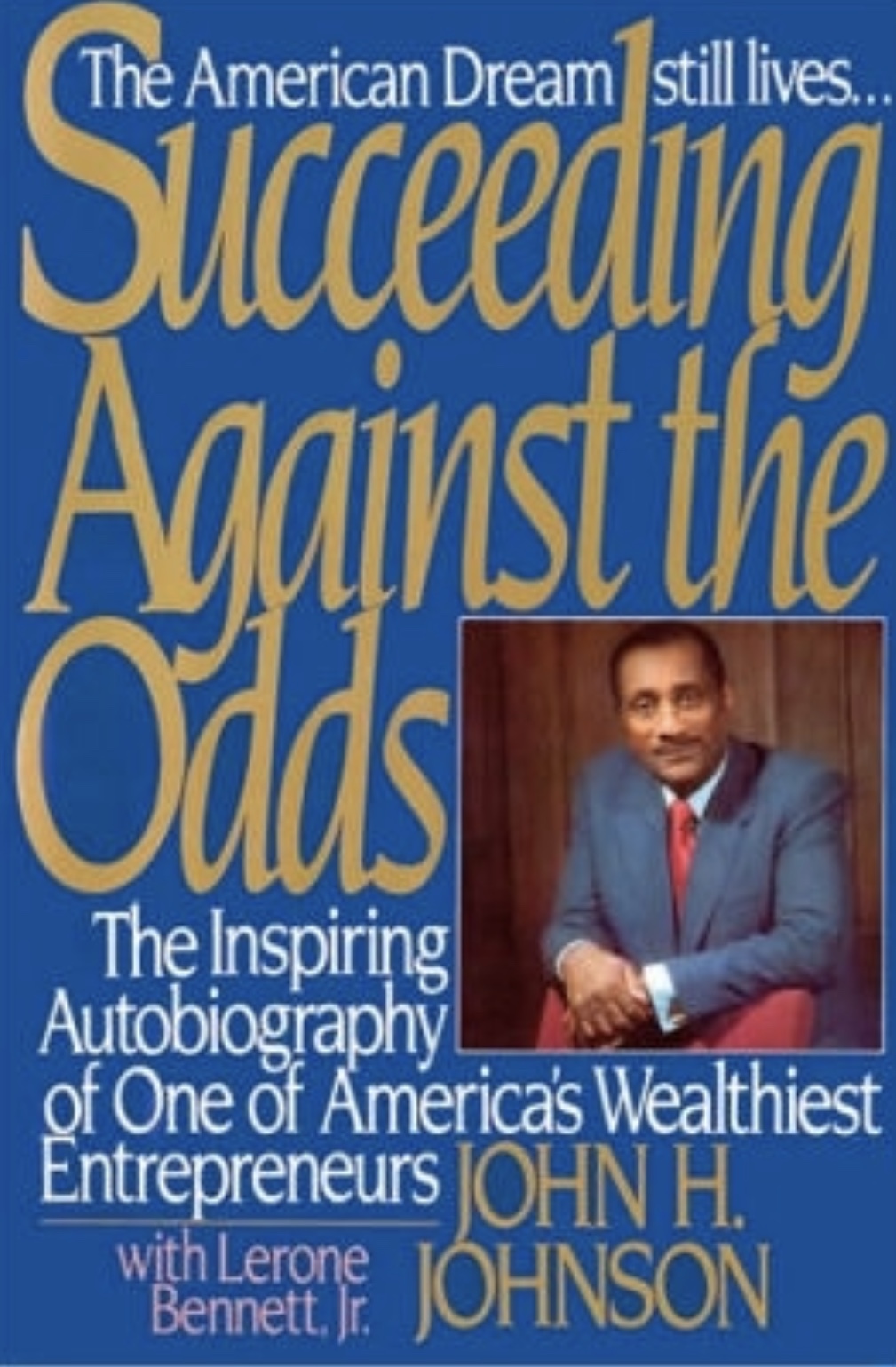
His lessons are plentiful and you can read his journey in his book, Succeeding Against the Odds. I followed Mr. Johnson’s path. I wanted to leave my professorship job at the City Colleges of Chicago. I was tired of teaching; I wanted a career in media.
I wanted to work for Mr. Johnson and I eventually got an interview. My mother and Johnson were DuSable High School classmates and she had school newspapers where he was the editor. She gave me the newspapers and suggested I take them with me to the job interview.
The papers were crumbling and turning brown and yellow; they were old. I gave Johnson the papers. He asked where I got them. I said, my mother told me to bring them to you.
I told him I had written a great theater review for Black Stars and I could do more like that and so much more. I had at least one million ideas and I was trying them all in the interview. He wouldn’t hire me.
I asked him very directly why and he said, you have “entrepreneurship” written all over you and we are going to argue. I don’t want to fall out with your mother; I might have to return her papers. He said, go do what you want to do. Really, Mr. Johnson? He said, really Ms. Hartman, I see it in you.
So I started N’DIGO. And Mr. Johnson was watchful. Sometimes he would call with tips. Take care of your pictures; they will be valuable one day. Watch who you cover. Are you sure you are making money with a free paper? Do you owe the printer? Are you selling advertising?
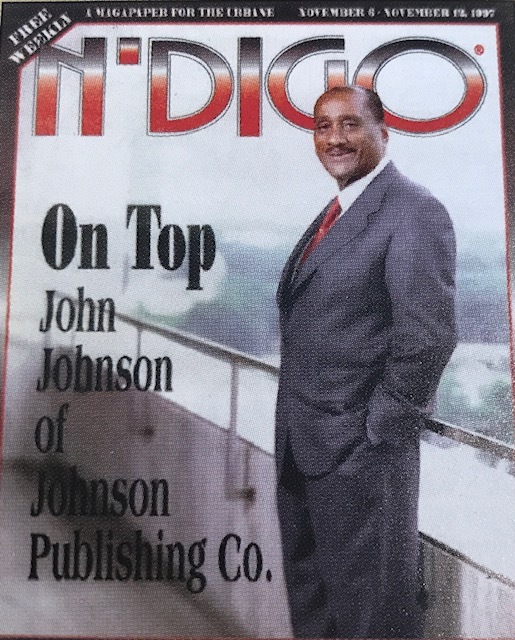
I wanted to do an N’DIGO cover story on John Johnson and it took me eight years to get the interview. Even then, it was conditional. He told me I couldn’t come to the interview. We had to agree on the writer, which turned out to be Charles Whitaker, who teaches at Northwestern University. We had two hours to shoot and interview.
He wanted to read the story before it was published. Absolutely not, I said. He was testing. After the story appeared, and to his liking, he called to say thank you and ask why did I think he had given me such grief and made me wait so long to do it.
I said, I don’t know. He said, I wanted to make sure you would get it right, because I don’t do interviews. He said, you have something rare.
John Johnson was rare. He had his hand on the pulse of America and always argued his business point. He was the ultimate businessman. He supported Black businesses at every step of the way. He sat only on business boards. He spoke to presidents, not secretaries.
But Mr. Johnson would be in a real dither in today’s world. The media world has changed drastically. Print media has dwindled, as advertisers look to digital. I wonder how he would have coped.
Would he have sold his business? Would he have added new platforms? Would he have continued to print? Would he have hired new staff to keep up with the new media world? Would he have sold his building like the Chicago Sun-Times and Chicago Tribune did theirs?
I wonder what Mr. Johnson would have done today?
(Article layout by Sylvester Cosby and David Smallwood)

